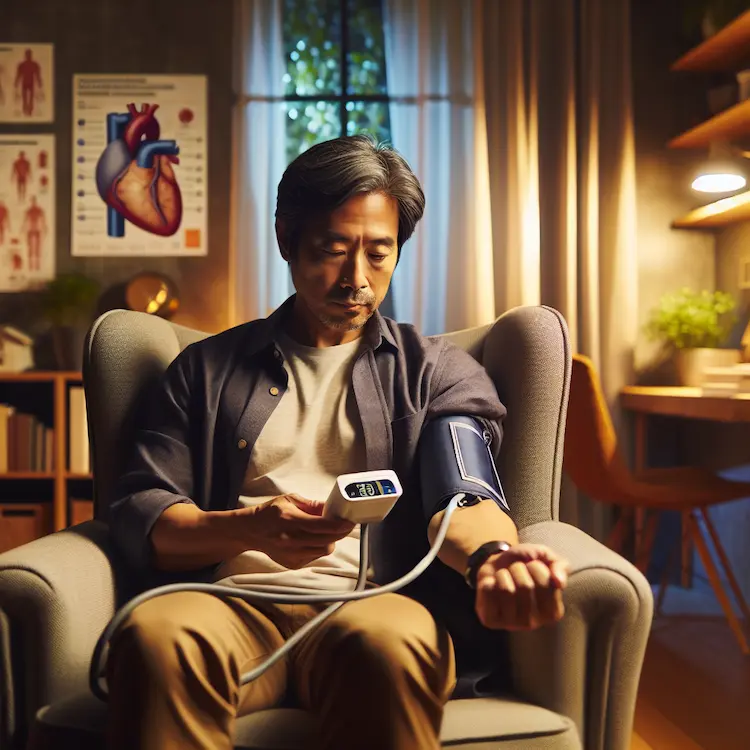High blood pressure, or hypertension, is a significant health concern affecting nearly half of all adults in the United States. Regular monitoring of blood pressure is crucial for managing this condition and preventing serious complications such as heart attacks and strokes. Home blood pressure monitors have become increasingly popular, allowing individuals to track their blood pressure conveniently and accurately outside of clinical settings. This article will explore the best blood pressure monitors for home use, their features, and how to choose the right one for your needs.
Home blood pressure monitoring (HBPM) has several advantages over traditional in-office measurements:

When selecting a home blood pressure monitor, consider the following factors:
Based on expert reviews and consumer feedback, here are some of the best blood pressure monitors for home use:
Let’s compare these top models:
| Model | Key Features | Accuracy | Cuff Size | Memory Storage | Price Range |
|---|---|---|---|---|---|
| Omron Platinum BP5450 | TruRead technology, multi-user storage, Bluetooth connectivity | Excellent | 9-17 inches | 200 readings | $$$ |
| Greater Goods 0604 | Large backlit display, Bluetooth connectivity, unlimited app storage | Very Good | 8.75-16.5 inches | 60 readings per user | $$ |
| Omron 10 Series BP7450 | Multi-user storage, averaging function, Bluetooth connectivity | Excellent | 9-17 inches | 100 readings per user | $$$ |
| Omron Evolv BP7000 | All-in-one design, Bluetooth connectivity, quiet operation | Excellent | 9-17 inches | Unlimited (via app) | $$$ |
| A&D Medical Upper Arm | Irregular heartbeat detection, multi-user storage | Excellent | 8.6-16.5 inches | 60 readings per user | $$ |
To ensure accurate readings, follow these steps when using your home blood pressure monitor:
Home blood pressure monitoring plays a crucial role in the diagnosis and management of hypertension:

As technology advances, we can expect to see improvements in home blood pressure monitoring devices:
Home blood pressure monitoring is a valuable tool for managing hypertension and maintaining cardiovascular health. By choosing the right monitor and following proper measurement techniques, individuals can take control of their blood pressure management and work more effectively with their healthcare providers. As technology continues to advance, we can expect even more sophisticated and user-friendly options for home blood pressure monitoring in the future.